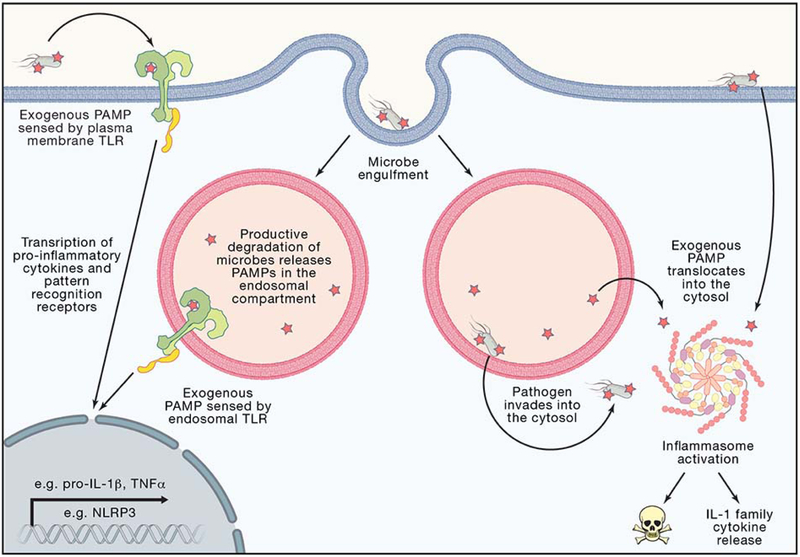Figure 2: Cellular Level Topology Affect Threat Level Classification.
The extracellular space, endosomal lumen, and cytosol are sites of microbial recognition with different sensors and outcomes. Plasma membrane TLRs survey the extracellular space for PAMPs or DAMPs representing a lower threat level as the molecular patterns could derive from commensal bacteria or sterile injury. Endosomal TLRs survey the endosomal lumen that topologically is considered continuous with the extracellular space, representing a lower threat level as the molecular patterns could derive from productive degradation of commensals or host cell debris. TLR activation leads to transcription of pro-inflammatory cytokines, such as pro-IL-1β and TNFα and up regulation of pattern recognition receptors, such as the inflammasome receptor NLRP3. Pathogens can inject effectors and translocate PAMPs into the cytosol through the plasma membrane or endosomal membrane. Pathogens can also directly translocate from the endosomal lumen into the sterile cytosol. Exogenous PAMPs or pathogens found in the cytosol cause inflammasome activation, representing a higher threat level as the host is being invaded or intoxicated by pathogenic microbes. Inflammasome activation leads to release of IL-1β, IL-18, and pyroptotic cell death.

